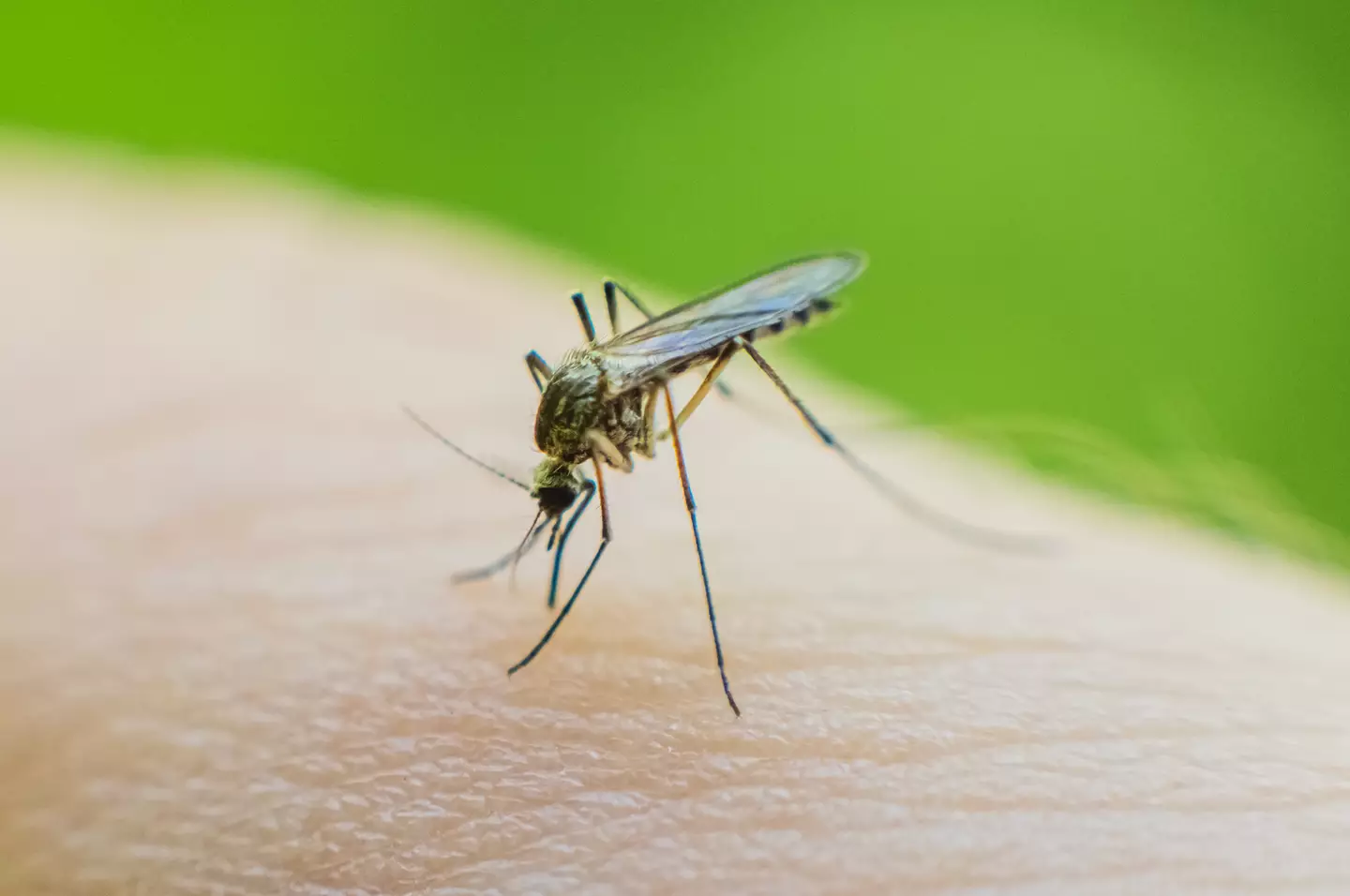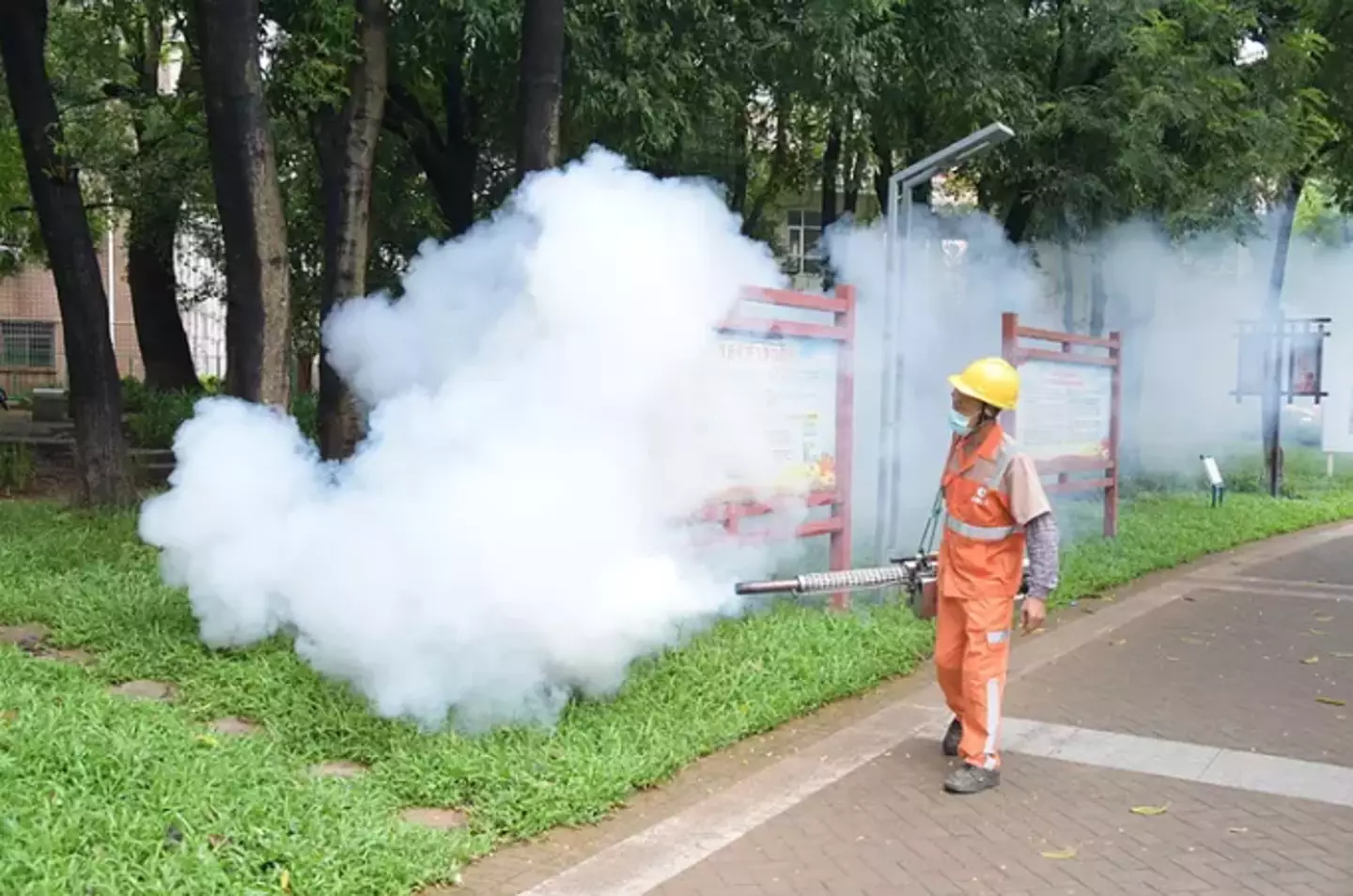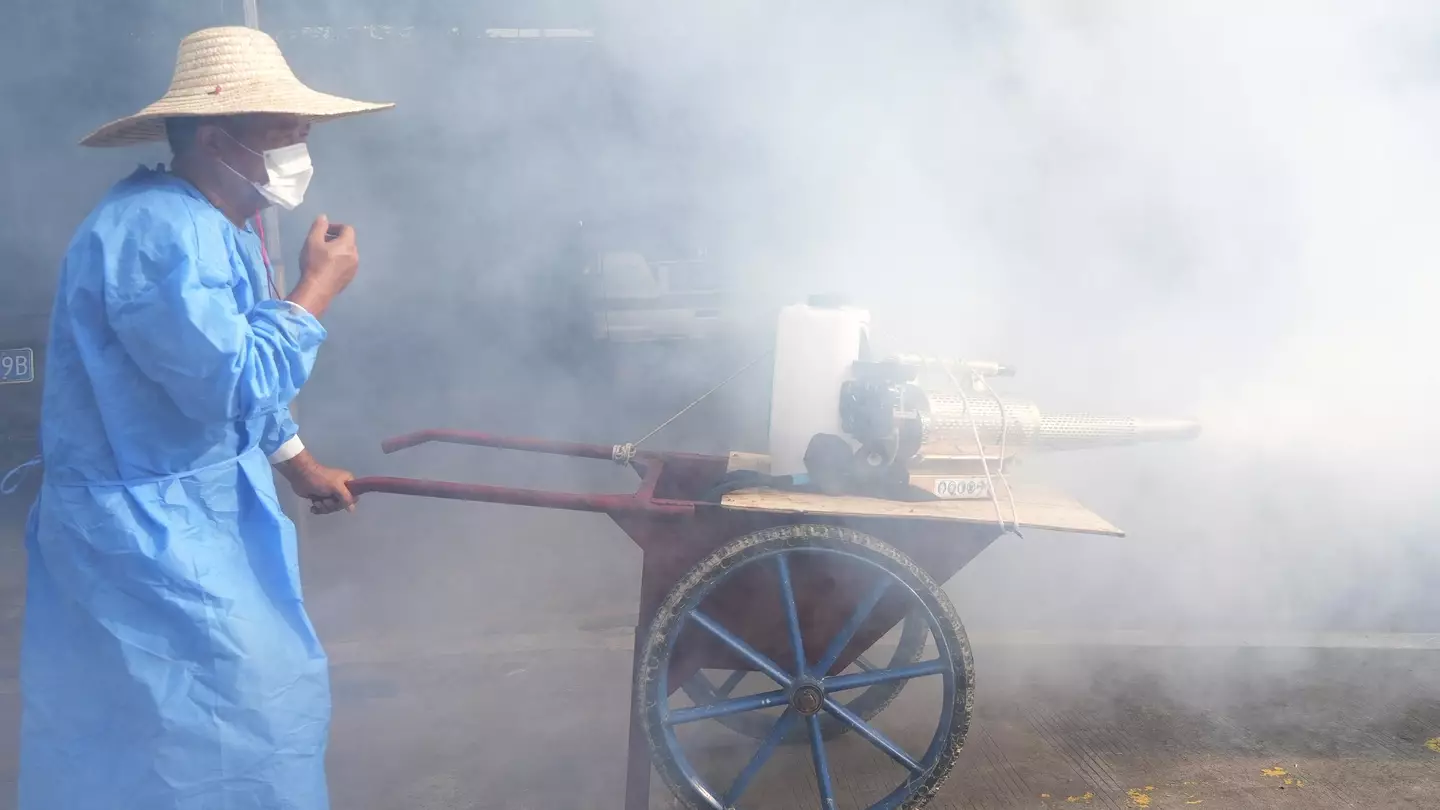China is addressing the Chikungunya virus outbreak as thousands of individuals in over 10 cities have been affected by this illness.
The lessons learned from the COVID-19 pandemic, including the importance of remaining alert to rapid health crises, have informed their response strategies.
China, severely affected by COVID-19, is implementing various measures to prevent the virus’s spread.
Fortunately, unlike COVID-19, Chikungunya is not typically transmitted from one person to another; it is spread by mosquitoes.
This virus is transmitted through the bite of an infected mosquito, with previous outbreaks reported in Africa, the Americas, Asia, Europe, and islands in the Indian and Pacific Oceans.
In the current outbreak in China, those affected are primarily from 13 cities in the Guangdong region, with an estimated 7,000 cases reported so far.

Symptoms of the virus can vary in severity but are often debilitating.
The CDC reports that most infected individuals will develop symptoms, such as fever and joint pain, three to seven days following a mosquito bite.
Additional symptoms can include headache, muscle pain, joint swelling, or rashes.
Certain demographics, such as newborns, older adults over 65, and individuals with conditions like high blood pressure, diabetes, or heart disease, are more susceptible.
Though deaths from Chikungunya are rare, recovery usually occurs within a week, though severe joint pain can linger for months.
To curb the virus’s spread, China is following guidelines from the World Health Organization.

The WHO suggests that minimizing mosquito breeding sites, such as stagnant water pools, is crucial. Residents are encouraged to eliminate these sources, including flowerpots, bottles, and coffee machines.
Non-compliance may result in fines reaching up to 10,000 yuan, or approximately $1,400.
In an innovative approach, large genetically modified mosquitoes, called ‘elephant mosquitoes,’ have been released to consume the virus-carrying mosquitoes.
If this measure fails, the introduction of 5,000 mosquito-eating fish into Foshan’s lakes serves as an alternative strategy.
Sanitation workers are also actively spraying insecticide to reduce infection rates.

